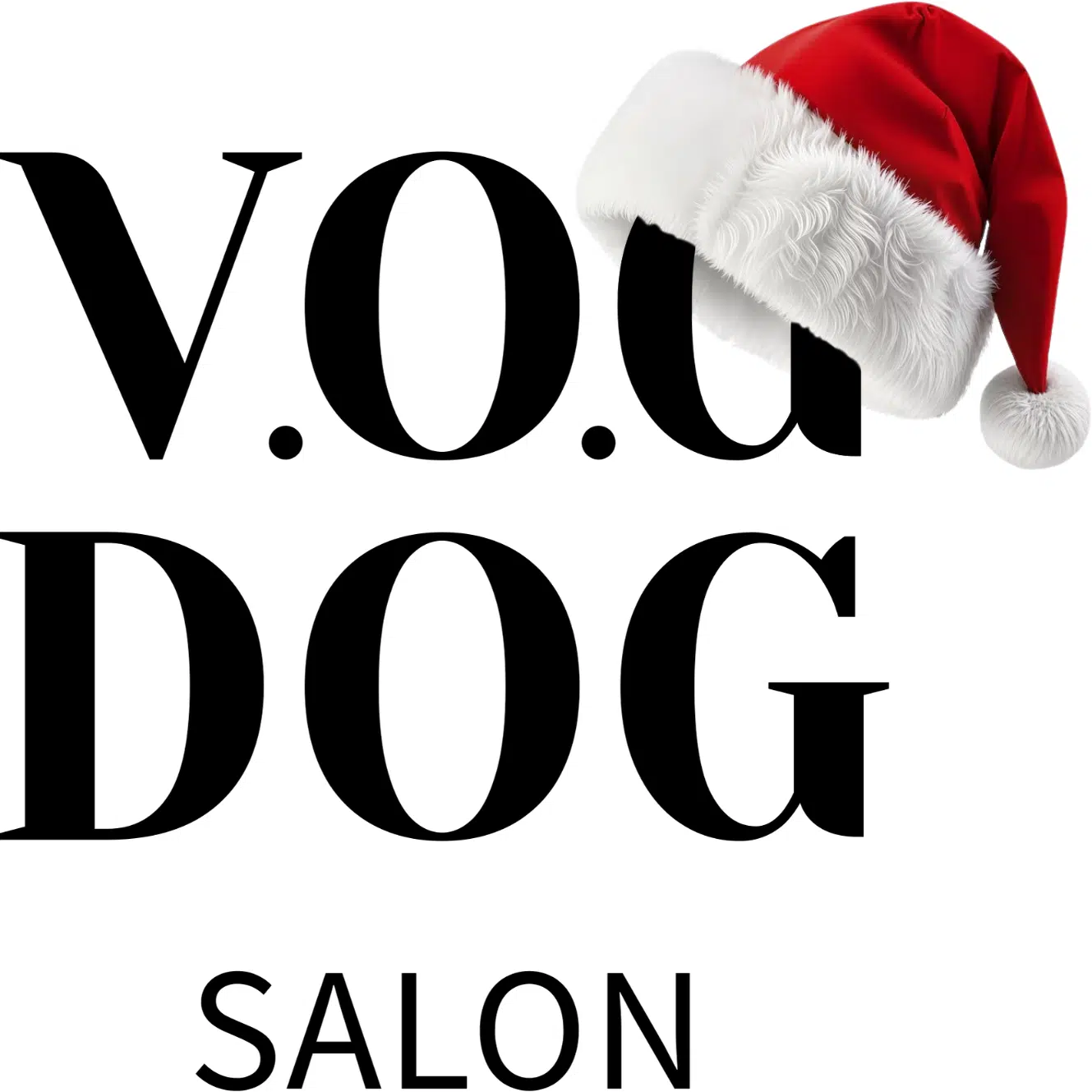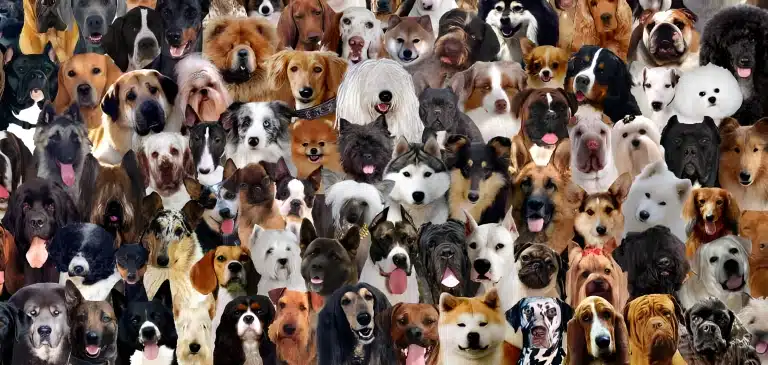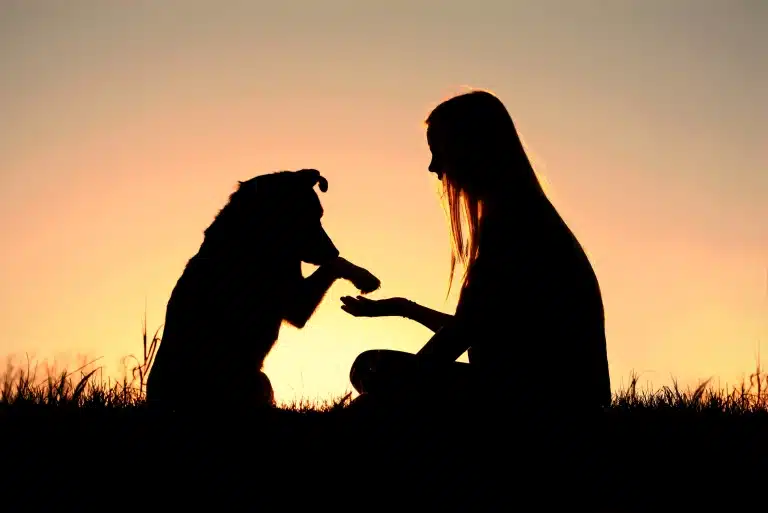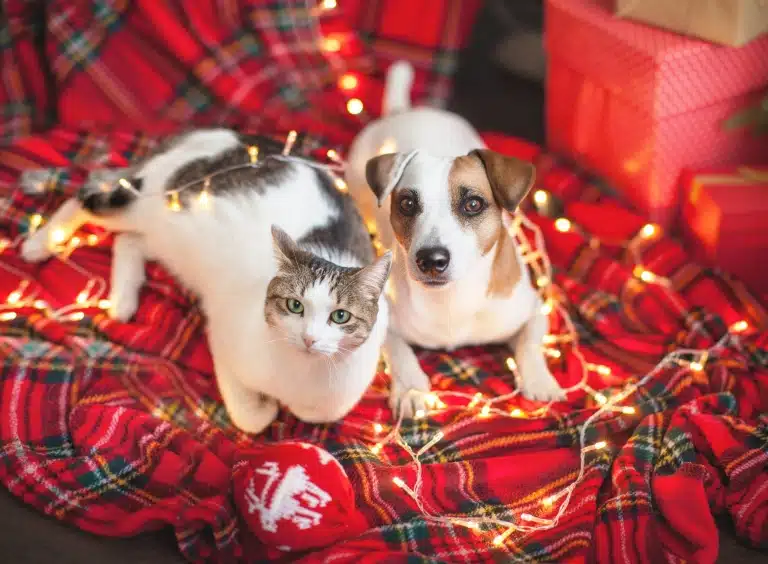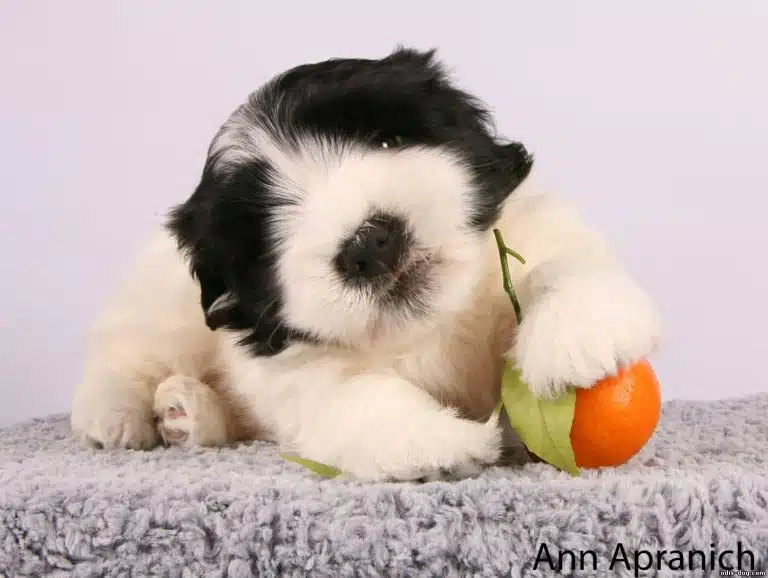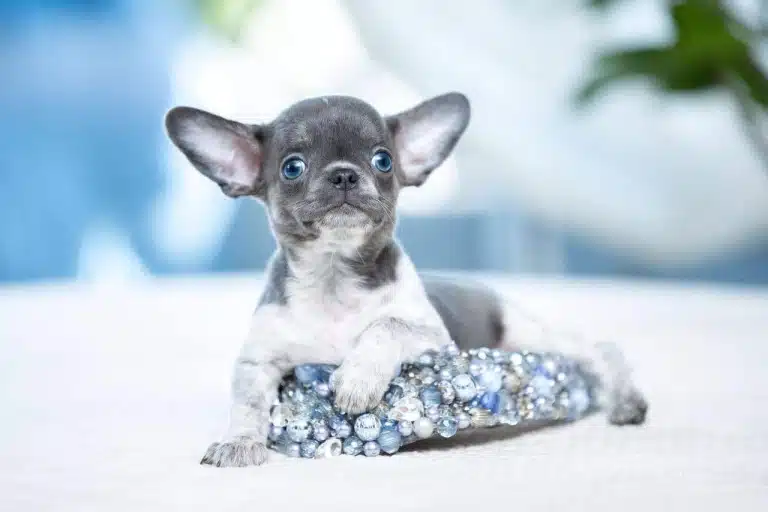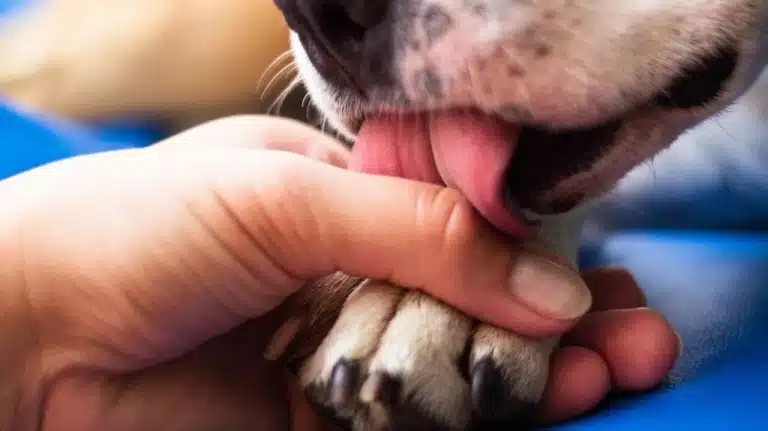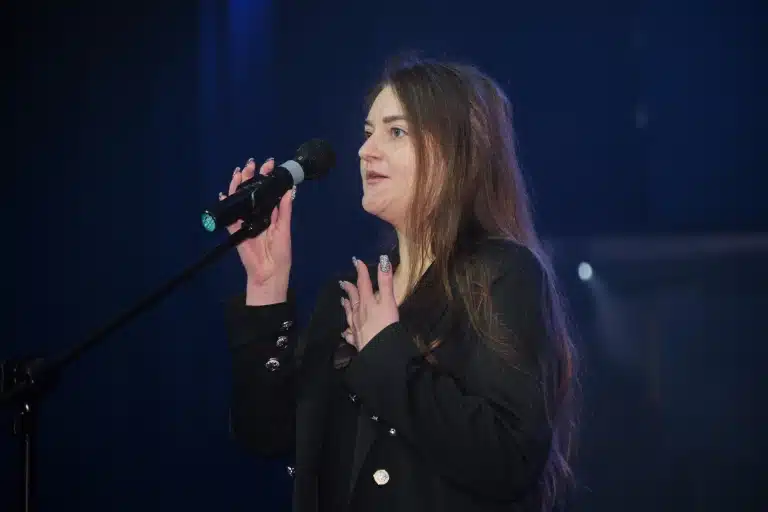Different Breeds – Different Grooming Needs
Each dog breed is unique with its own grooming characteristics. Experienced professional groomers take these nuances into account when working with each breed. They understand that proper care is impossible without considering all the specific traits of the animal.
When working with different breeds, groomers consider key aspects such as coat type, dog size, temperament, and body structure. All these factors influence grooming methods and frequency, choice of tools, and care products.
Grooming by Coat Type
Understanding the differences in caring for the coats of various dog breeds is essential for quality grooming. Each coat type requires an individual approach and processing techniques.
Short-haired Breeds
Short-haired dogs usually require less grooming time. The main focus is on removing dead hair and maintaining skin cleanliness. Grooming frequency depends on the breed and the dog’s activity level, but it’s usually once or twice a month.
Long-haired Breeds
For long-haired breeds, it’s crucial to use special brushes and combs to detangle hair and prevent mats. Brushing should be done regularly and very gently. Also, the use of special hair conditioners is necessary.
Curly and Wavy Breeds
These breeds often require professional trimming to maintain shape and hair health. It’s important to maintain the right length to prevent overheating and other issues. Regular use of special shampoos and conditioners helps keep the coat soft and healthy.
Each coat type has its peculiarities, and a professional approach to grooming helps improve the appearance of your dog and maintain a well-groomed condition.
Grooming Depending on the Dog’s Size
Grooming dogs of different sizes has its own characteristics and challenges. From small to large breeds, each category requires a special approach and techniques.
Small Breeds
Small dogs are often more sensitive and less tolerant of grooming. Soft brushes should be used. Ensuring comfort and safety is important, especially when handling delicate areas like the face, paws, and around the eyes. Using small tools helps make procedures more precise and gentle.
Medium Breeds
For medium breeds, standard grooming techniques are often used, which can be adapted depending on the coat type and individual needs. With medium breeds, a balance between detailed attention and efficiency can be achieved, as these dogs typically have fewer special requirements than small or large breeds.
Large Breeds
Grooming large breeds can be physically demanding for both the groomer and the dog. Extra efforts are often needed to maintain the dog in a comfortable position. Using large grooming tables with lifts and special supports can help. Also, grooming large dogs often requires the assistance of more than one groomer.
Each size category requires careful and individualized attention.
Grooming According to Temperament
A dog’s temperament is a crucial factor that affects the grooming process. Different breeds have varying levels of activity and behavioral characteristics, requiring an adapted approach from the groomer.
Active Breeds
Active dogs often find it difficult to endure grooming procedures. Using calming techniques, such as gentle massage or calm talking, can help reduce anxiety. It’s also important to provide short breaks during grooming so the dog can rest. Allowing the dog to release energy before grooming, such as through a walk, can be helpful in reducing activity during the procedure.
Calm Breeds
Calm breeds usually adapt easier to the grooming process. Maintaining a tranquil atmosphere is important. Providing soft covers on the grooming table or using soft brushes will help keep the dog in a relaxed state.
Challenging Cases
For grooming dogs with aggressive or nervous temperaments, special techniques are essential. Involving additional staff for safety and control may be necessary, including the pet owner.
Body Structure Specifics
Physical features of dogs, such as the build of paws, the shape of ears, or the type of tail, also play an important role in grooming.
Dogs with Short Legs
Short legs can collect more dirt and debris, especially in the hair between the pads. Regular cleaning and checking of these areas help prevent irritation and infections. It’s particularly important to keep these areas clean and neatly trimmed.
Dogs with Long Ears
Long ears require regular cleaning to avoid the buildup of wax and dirt, which can lead to infections. It’s important to regularly check the inner part of the ears for inflammation or unpleasant odors and consult a veterinarian at the first signs of problems.
Dogs with Fluffy Tails
Fluffy tails need special attention to avoid matting and tangling of the hair. Regular tail trimming helps maintain it in good condition.
Individual Approach – Key to Successful Grooming
Grooming is about maintaining the cleanliness and beauty of your Pet, and it’s an important aspect of their health and happiness. As we discussed in this article, an individual approach that considers the coat type, size, temperament, and physical characteristics of your dog is crucial for effective grooming.
At V.O.G DOG beauty salons, we understand this importance and take pride in our groomers, who are highly skilled professionals with extensive experience, continually reinforced by training. Our team is focused on providing the best care for your Tails, using the most modern methods and tools.
We invite you and your Pet to visit our salons to ensure that your Beloved Pet receives professional, loving, and individualized care.
We look forward to welcoming you at V.O.G DOG, to create beauty together and bring happiness to our Tails!
